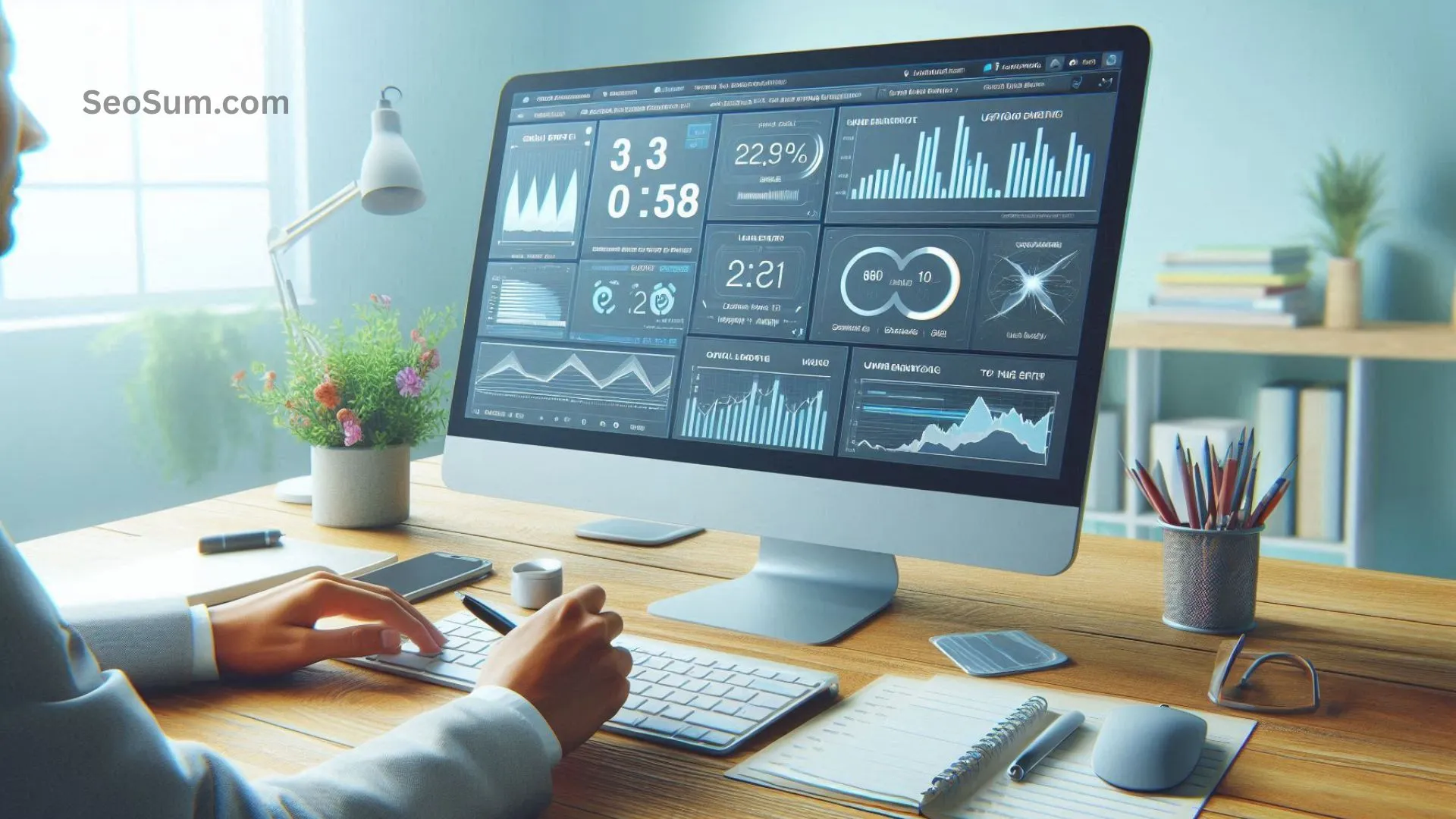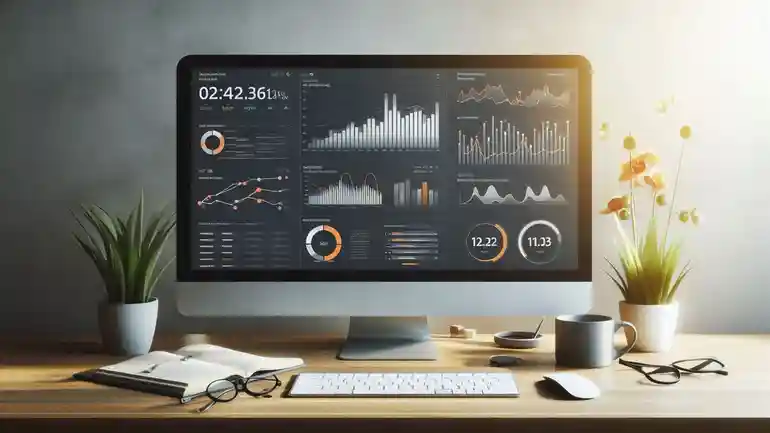If you want to boost your website’s visibility on Google and bring in more visitors, keeping an eye on your SEO metrics is key.
In this blog, we’ll walk you throughseven important SEO metricsyou should be tracking: search rankings, impressions, organic traffic, click-through rate (CTR), engagement rate, domain authority, and technical site health.
By regularly checking these, you’ll get a better idea of what’s working (and what’s not), so you can make smarter decisions and fine-tune your strategy.
1. Search Engine Rankings (SERP Position)
One of the first things to track is where your site shows up on Google’s search results—also called theSearch Engine Results Pages(SERPs).

When someone searches for something related to your business, does your website pop up on the first page? Ideally, you want to be as close to the top as possible.
Each SERP usually shows 10 organic results (excluding ads or featured snippets), and your goal is to move up in that list. The closer you are to position #1, the better.
What to track:
How to track it:

Also Read:Why is Mobile SEO Important?
2. Impressions
Impressions show how often your website appears in search results. Every time your site shows up for a search query, that’s one impression.

It’s not just about being on page one—what matters is that your site is actually showing up for keywords people are searching for.
If you rank high but have low impressions, that keyword might not have much search volume, meaning it’s not bringing in much traffic.
What to track:
Where to check:
3. Organic Search Traffic
Organic traffic is the number of people who visit your site from unpaid search results. This is one of the most important SEO metrics—it shows how many users are actually clicking through to your site.

Once you’ve nailed down rankings and impressions, this is the next step:Are people clicking?
What to track:
How to track it:
4. Click-Through Rate (CTR)
CTR measures how many people click on your site after seeing it in search results. It’s a good way to tell how appealing your search listing is.

YourTitle Tag(the main headline) andMeta Description(the short blurb) play a big role here. A clear, relevant, and catchy title can boost clicks and bring more visitors.
What to track:
Tool to use:
Also Read:Can a Blog Boost Local SEO?
5. Engagement Rate
Engagement rate tells you how many people interact with your site—whether they stay for 10+ seconds, click a link, or fill out a form.

It’s the opposite of bounce rate. Ahigher engagement rate (ideally 60–70%)means people are finding your content useful.
Low engagement? That might mean your content isn’t answering visitors’ questions or is hard to navigate—both of which can hurt your SEO.
What to track:
Tool to use:
6. Domain Authority (DA)
Domain Authority is a score (developed by MOZ and other tools) that shows how strong your website is in terms of backlinks.

The higher your DA, the more likely Google is to rank your content higher. It’s not a Google metric, but it’s still a good way to measure progress from your link-building efforts.
What to keep in mind:
7. Technical Site Health
Your site’s technical health affects how easily search engines can crawl and index your pages.

Things like broken links, missing meta tags, duplicate titles, or slow load times can all drag down your rankings.
What to track:
- Overall site health score
- Errors and warnings (e.g., from a site audit tool)
- Fixes and improvements over time
How to check:
- Tools like SEMrush, Ahrefs, or Screaming Frog offer site audit features.
- These tools give you a health score and highlight technical issues that need fixing.
Also Read:What SEO Myths Should be Ignored?
Final Tip
If you’re just getting started with SEO, focus ontracking a few key metrics first, then expand as you go. Set clear goals and build a plan around improving rankings, driving traffic, and creating a better experience for your visitors.
